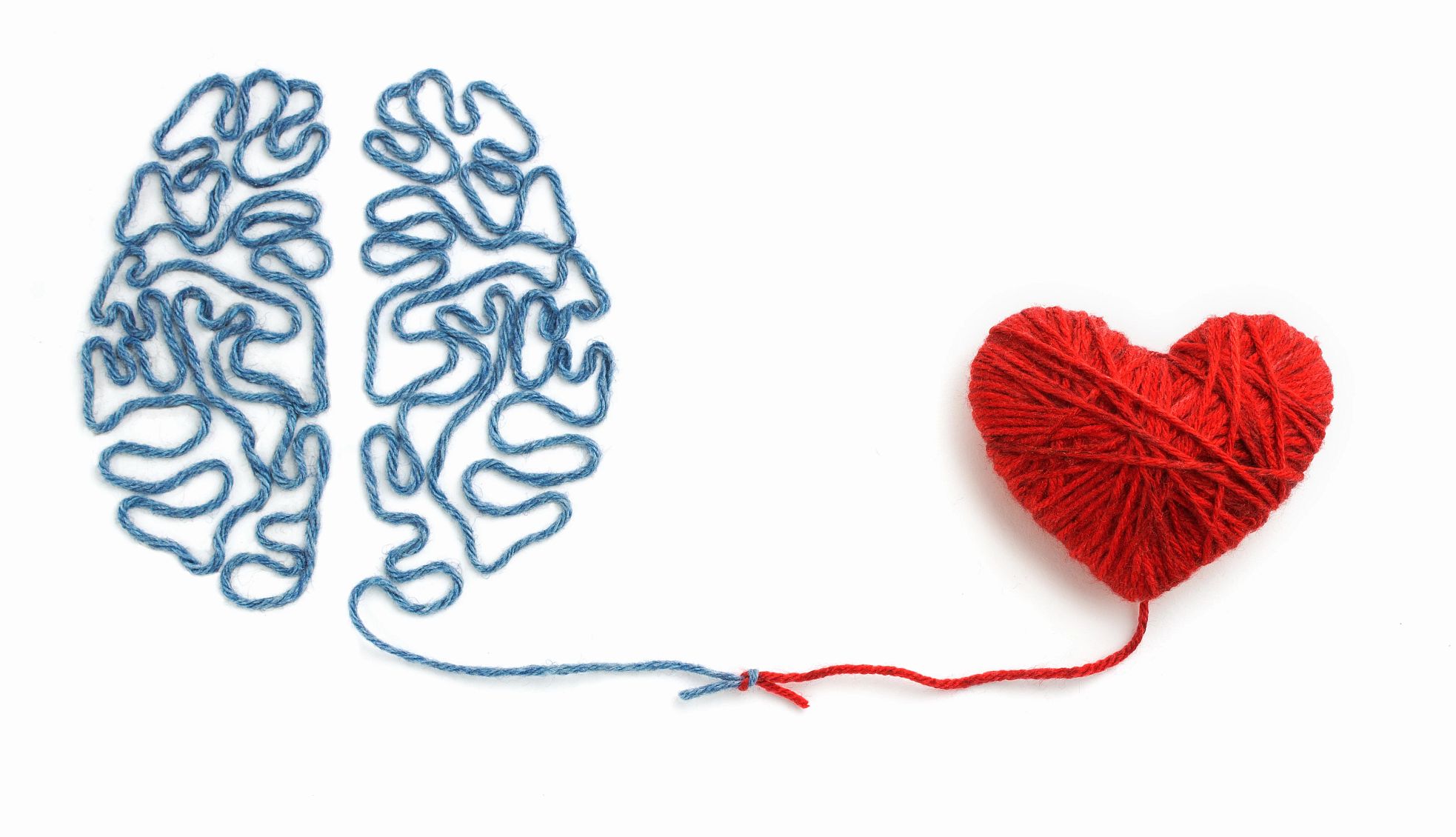AARP Hearing Center


Controlling high blood pressure won’t just cut your risk of heart attack, stroke and other conditions common among the 50-plus population. New guidelines from the American Heart Association and American College of Cardiology confirm that treating high blood pressure can also lower your risk of cognitive decline and dementia.
High blood pressure can damage small blood vessels in the brain, the heart association explains, which can lead to memory problems and other cognitive issues.
“We’ve thought that lowering blood pressure would reduce the risk of dementia, but now we know with certainty and really want that to be a loud message for your audience,” says Daniel W. Jones, M.D., dean and professor emeritus of the University of Mississippi School of Medicine in Jackson, Mississippi, and chair of the guideline writing committee.
Alzheimer’s disease, the most common form of dementia, affects an estimated 7.2 million older Americans, according to the latest statistics from the Alzheimer’s Association. And heart disease is the No. 1 killer in the U.S.
High blood pressure is the leading modifiable risk factor for cardiovascular disease as well as kidney disease, Jones says. “And we now know that reducing blood pressure reduces the risk of dementia,” he adds.
Warning signs of high blood pressure
Unlike many health conditions, high blood pressure often has no symptoms, which is why it’s sometimes referred to as the silent killer.
Getting your blood pressure checked is the only way to know whether it’s high. Jones says if your blood pressure is normal (less than 120/80 mm Hg), getting it checked once a year is fine. But if it’s elevated or high, you should get it checked more often.
What is high blood pressure?
High blood pressure affects nearly half of adults in the U.S., the American Heart Association says, and is more common in older adults. Often it’s because of age-related changes in the blood vessels, the National Institute on Aging explains. (Blood pressure is the force of blood pushing against the walls of arteries, and the stiffening of those walls can cause the pressure to rise.)
Weight gain, physical inactivity, medications and underlying health conditions, such as diabetes and kidney disease, can also affect blood pressure.
According to the American Heart Association:
- Normal blood pressure is anything less than 120/80 millimeters Hg (mercury)
- Elevated blood pressure is 120 to 129/80 mm Hg
- Stage 1 hypertension is 130 to 139 mm Hg or 80 to 89 mm Hg
- Stage 2 hypertension is ≥140 mm Hg or ≥90 mm Hg
AARP Brain Health Resource Center
Find in-depth journalism and explainers on diseases of the brain — dementia, stroke, Parkinson’s disease, mental-health topics. Learn about healthy habits that support memory and mental skills.
The previous blood pressure guidelines, published in 2017, recommended that people with stage 2 hypertension start medication to lower their numbers. The new guidelines, however, push for earlier intervention and recommend that if patients can’t get their blood pressure under 130 for the systolic reading, or top number, after three to six months of lifestyle adjustments, then medication should be prescribed.
“Now we have clear evidence that starting earlier, getting blood pressure down earlier in life to less than 130, is beneficial,” Jones says.


































































More From AARP
Lithium Reverses Memory Loss in Mice
Memory loss was reversed in mice given a form of lithium
How Lifestyle Impacts Brain Health
Large study shows role of exercise, diet and social stimulation as you age
25 Surprising Ways to Live Longer
Science-backed ways to extend life expectancy